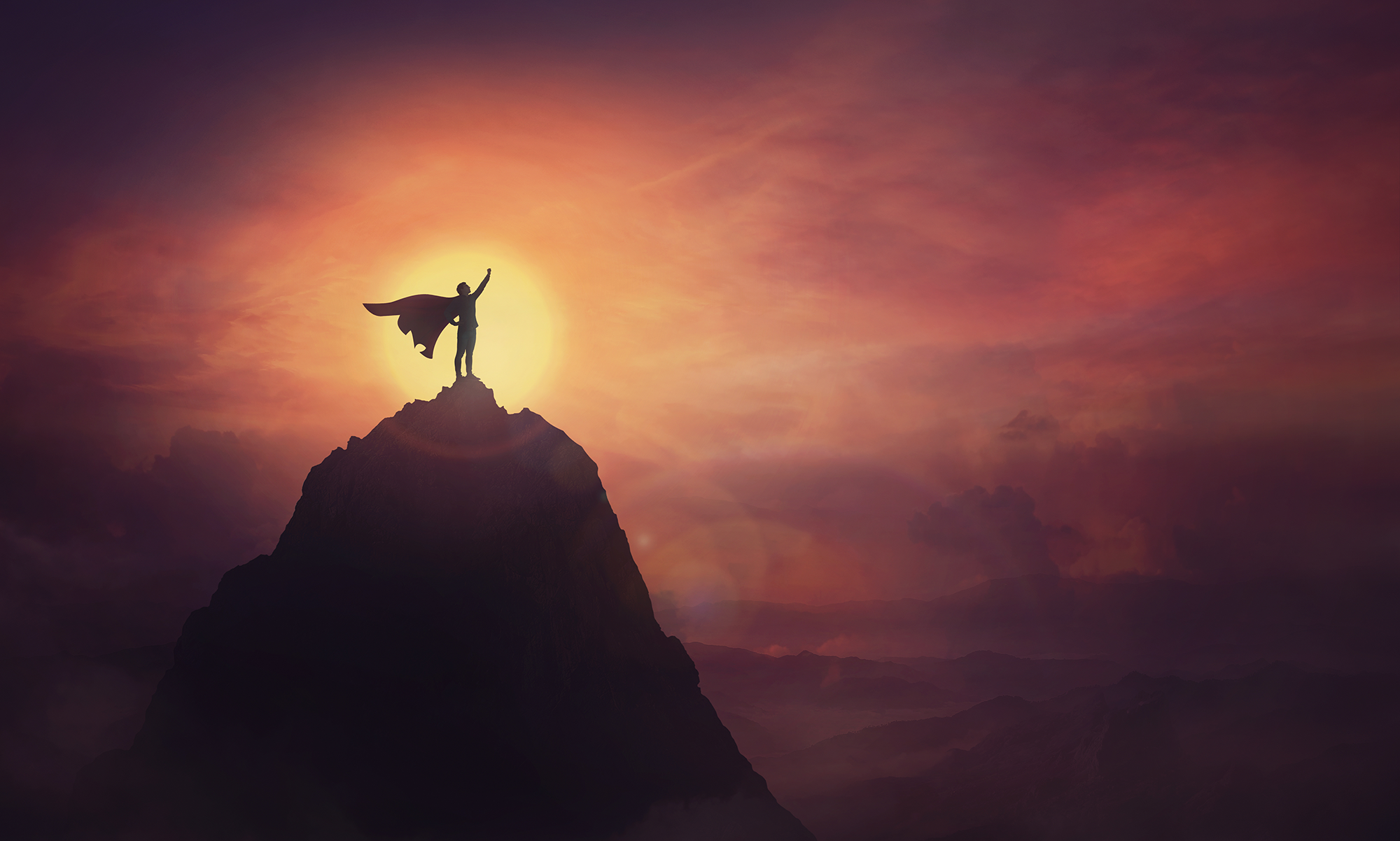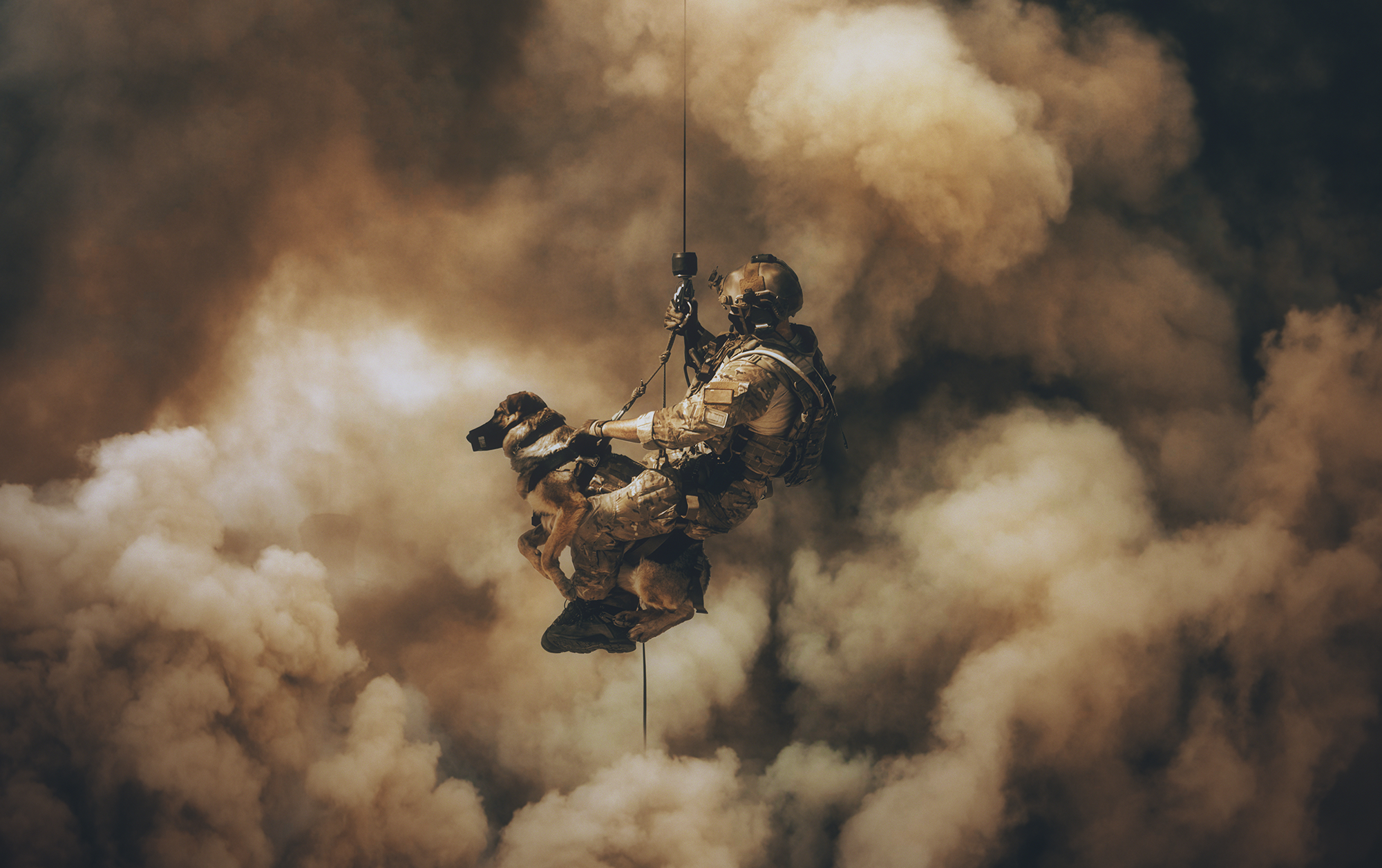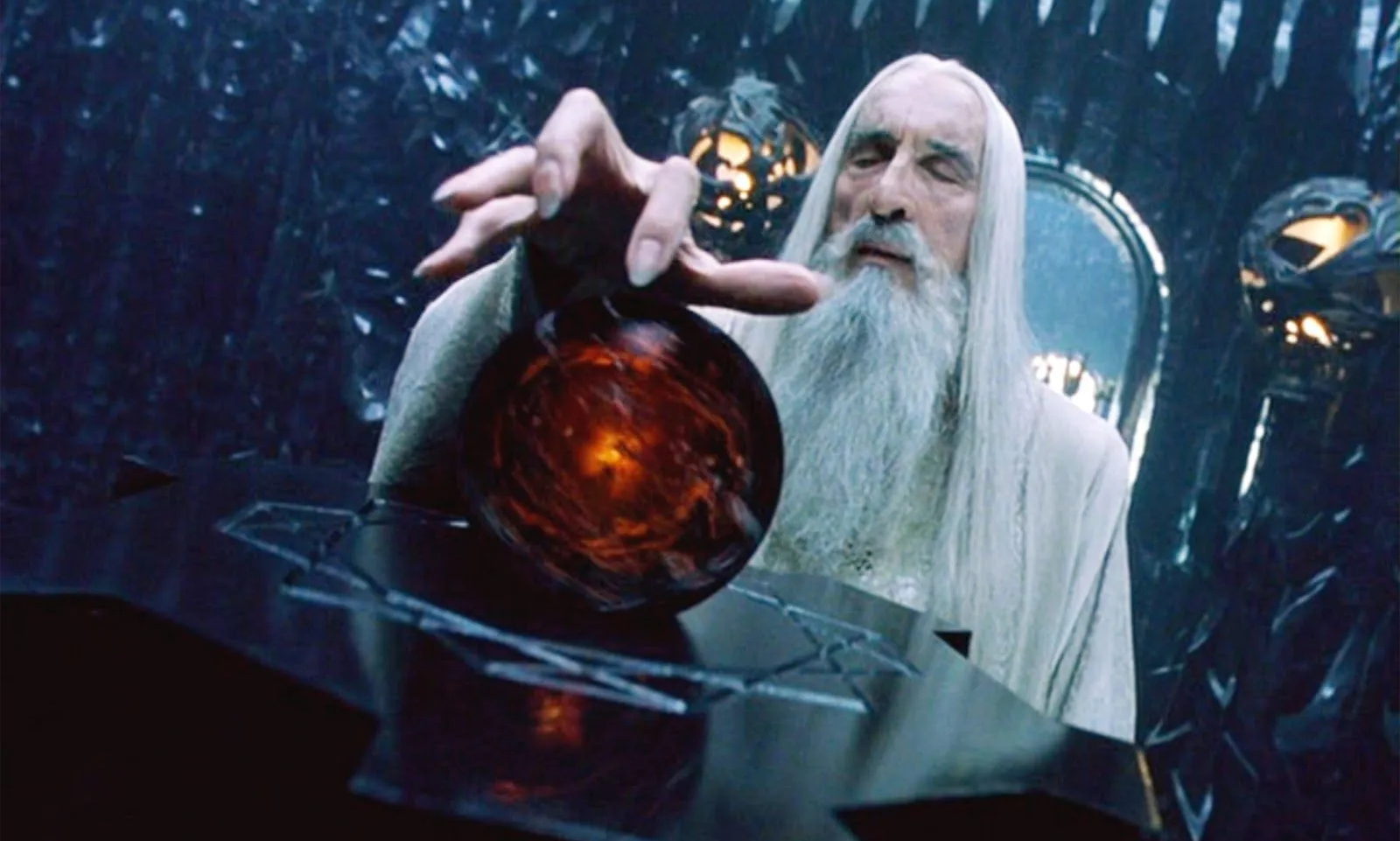DISCUSSING
In the Shadow of the Spire – Session 35A: Birds of Black Feather
Once they had emerged from the sewers, they sold the unclaimed items in various shops across Midtown and the North Market. Then they headed to the Cathedral and received divine healing, mystically purging their poison-wracked bodies. They also took the opportunity to stock up on a variety of portable curatives so that they would be able to deal with poison on site in the future. (“This probably won’t be the last time we’ll be dealing with the Brotherhood of Venom.”)
They had completed these tasks as a matter of urgency and necessity, but now that the dinner hour was approaching, they realized they were still variously caked with sewer sludge, crusted blood, and other various foulnesses. And so they headed toward the bathhouse on Tavern Row.
I’ve previously discussed expedition-based play, but the quick version is that:
- The party gathers resources in order to…
- Venture forth in pursuit of a goal, during which…
- They will attempt to use their resources to best effect in order maximize the progress and/or payoff of their expedition.
The resources in question might be either practical supplies (e.g., rations or gasoline) or mechanical benefits (e.g., hit points and spell slots). The goal might be either specific (e.g., root out of the cultists) or general (e.g, loot as much treasure as possible).
The fun of expedition-based play comes from the challenge of maximizing the return on your investment. At some point, though, you’ll burn through your resources and be forced to return to your home base so that you can gather fresh resources for the next expedition.
This dynamic, however, can lead to expedition-based play being characterized as the PCs always losing and needing to run away with their tails tucked between their legs. When it’s perceived in this way, of course, expedition-based play can seem incredibly frustrating: “We failed again!”
As we can see at the end of the last session and the beginning of this one, however, the real secret to expedition-based play is figuring out when to beat a jubilant strategic withdrawal just BEFORE you hit the challenge that depletes your resources and leaves you fleeing in abject desperation. In fact, finding that moment of jubilant withdrawal is one of the great joys of dungeon exploration: You have fought the good fight. You have reaped your rewards. You have laid the groundwork for the even greater success of your next expedition!
That is, without a doubt, a triumph, and must be seen as such.
You won’t always find that perfect moment, of course. That’s OK. If there weren’t setbacks, the victories wouldn’t taste as sweet.
Finding the perfect moment, of course, is a matter of experience. And, honestly, I find it to be as much art as science.
Some may believe that they can outthink the problem by simply leaving long before their supplies run out. “If we never put ourselves at risk, then we can never fail!” goes the logic.
Such an overabundance of caution, however, is really just a different kind of failure. If nothing else, it’s a failure to realize your potential. On a more practical level, overly frequent retreats can be particularly devastating – ranging from the frustrating to the disastrous – if the GM is running a dynamic dungeon that responds to the PCs’ actions. In those circumstances, the overly-cautious group may find it incredibly difficult to make any real progress towards their goals, instead finding themselves fighting over the same dungeon rooms again and again and again, like some sort of subterranean reenactment of World War I trench warfare.
But when you find the sweet spot! That’s a glorious moment! You leave your foes broken behind you and emerge back into the warmth of the sun, looking around the table to see the grinning faces of your fellow adventures. And then you count your coins and gems, marvel at your new magic items, and tally your experience points.
You have reached the top of one pinnacle, and now it is time to prepare for the next!
Campaign Journal: Session 35B – Running the Campaign: Weaving the Background
In the Shadow of the Spire: Index

















